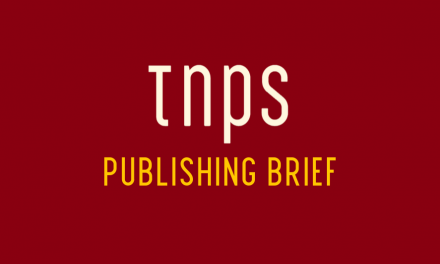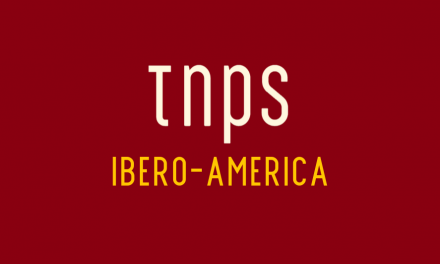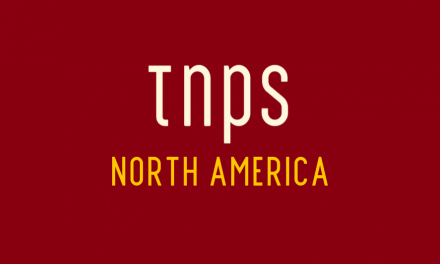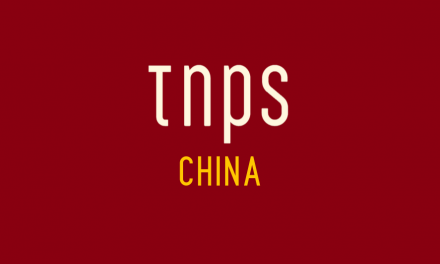At TNPS the auto-respond emails are flooding in as our many industry subscribers in the west put business on hold until the new year.
Here at TNPS it will be business as usual, because while it may be Christmas where we are, in most of the world it’s just another working day. So while news from western publishing will be sparse, expect continuing coverage of the global publishing scene.
Not least the book fair season in India, now well underway.
December 23rd will see the 33rd Hyderabad National Book Fair kick off at Telangana Kala Bharathi, NTR Stadium, and it will run the ten days through to and including January 1.

Jointly organised by the Telangana government and the Book Fair Society, the event will host 330 stalls that on past performance will attract over one million visitors. That’s 100,000 per day.
In the west, 100,000 visitors to a book fair overall would be a notable achievement, let alone sustained over ten days, but in India, where 1 million and even 2 million visitors to a book fair are not uncommon, you might think publishers would be rejoicing.
But the event’s organisers are concerned that fewer Indians are reading books.
J Gauri Shankar, the president of Book Fair Society, is quoted as saying,
Book reading culture is slowly vanishing from the city due to rising use of technology and there is a great need to open libraries in each locality. So, to motivate the people to start reading various books every year, we organise this fair.
And here we have one of the contradictions that perpetuate the problem.
The fair is organised to motivate people to read, but an annual fair cannot sustain a reading culture. What can is the availability and accessibility of affordable books.
In a country like India, even allowing that production costs for printed books are much lower than in western countries, the print model comes with inherent challenges in the form of distribution, availability and accessibility.
Of course more local libraries would be beneficial, but they can only ever stock a limited range of titles, that may interest some but not at all interest others.
And that’s the exact same problem for bookstores, even in big cities, let alone in smaller demographics where bookstores become increasing uneconomical and increasingly unable to offer sufficient choice.
Yet the solution to the problem is staring in J Gauri Shankar’s face. He says,
Book reading culture is slowly vanishing from the city due to rising use of technology.
No evidence is offered to support this argument, and we really have to look at all these people undoubtedly engaging with this new technology and to ask ourselves how many who were previously reading books have abandoned the habit because of some other distraction.
We might also ask how many are actually using this exact same technology to in fact read books.
Because in other countries digital reading is booming, and we only have to look at the success of Indian digital start-ups like Juggernaut to know that’s also the case in India.
Further, we have HarperCollins India CEO Ananth Padmanabhan on record as saying India’s ebook sales are booming
We might also mention audiobooks, where Storytel and Amazon’s Audible are both finding eager booklovers through the technology J. Gauri Shankar sees as the problem.
Amazon is delivering an untold number of digital books to Indian readers every day through its Kindle store and its Kindle Unlimited ebook subscription service, and through its Audible and (just launched this past week) Suno app. Further, Kobo and Google Play Books both have a presence in India.
All of these are there engaging with Indian booklovers solely thanks to the technology J Gauri Shankar believes to be preventing Indians from reading.
The annual Hyderabad Book Fair (HBF) is one of the pivotal events in the Indian publishing calendar, and it should not feel threatened by technology.
Rather technology – which the fair already uses to maintain a website and Facebook presence – can be a driver to even higher footfall and more sales at the HBF, while also giving booklovers more choice. Not least those who are unable to physically attend the event during that short ten-day window.
But, you may say, India is only at 41% internet penetration. Perhaps in ten years time…
But consider this:
Back in 2000, just twenty years ago, India began this century with 5 million people online. That in itself is enough to sustain a viable digital books economy. Just look at Denmark or New Zealand.
Meanwhile that at first sight troubling 41% internet penetration in fact already equates to 560 million people online. And we’ll likely see that figure double by 2030.
Publishers and book fair organisers should not see that as a threat but as an opportunity.
Statista estimates the 2019 digital books market in the UK to be worth $935 million, with 63 million people online.
India’s online population of 560 million is almost nine times that of the UK.
For the USA that figure is $5.2 billion from 312 million people online.
India’s online population of 560 million is almost twice that of the US.
Internet users are of course a prerequisite of a digital books economy, and India has more than the US and UK combined. It also has a sound basic digital books retail and subscription infrastructure on which to build.
What India lacks at this time is the confidence of publishers to fully embrace the digital opportunity and emulate the success of digital books in North America, Europe and other parts of the world.
What holds back Indian publishing as we start the 2020s is a mindset issue.
Too many publishers share J. Gauri Shankar’s view that technology is the enemy.
It’s not. A hybrid print and digital strategy is the most sensible way forward for Indian publishing in the 2020s.





